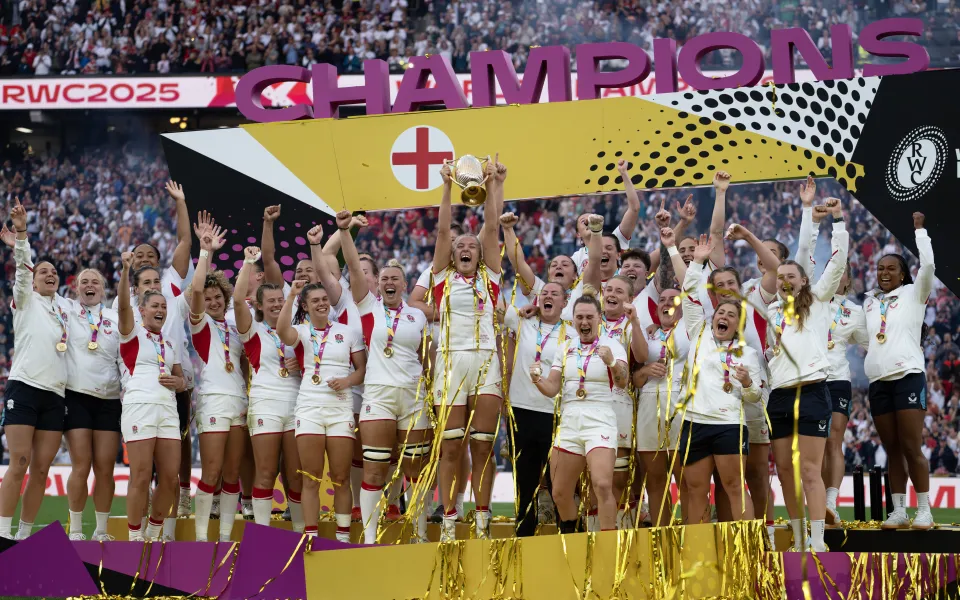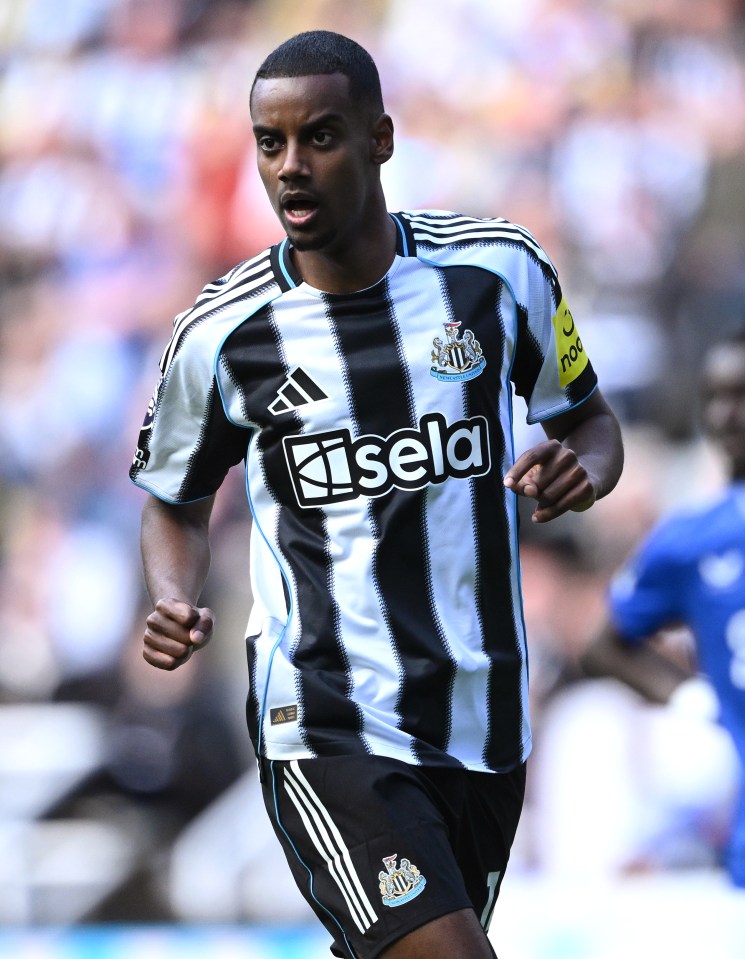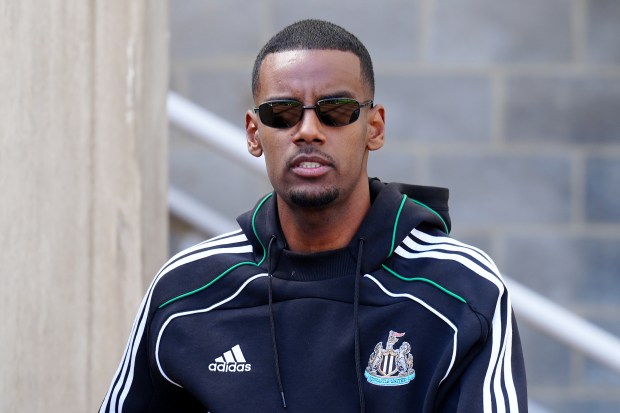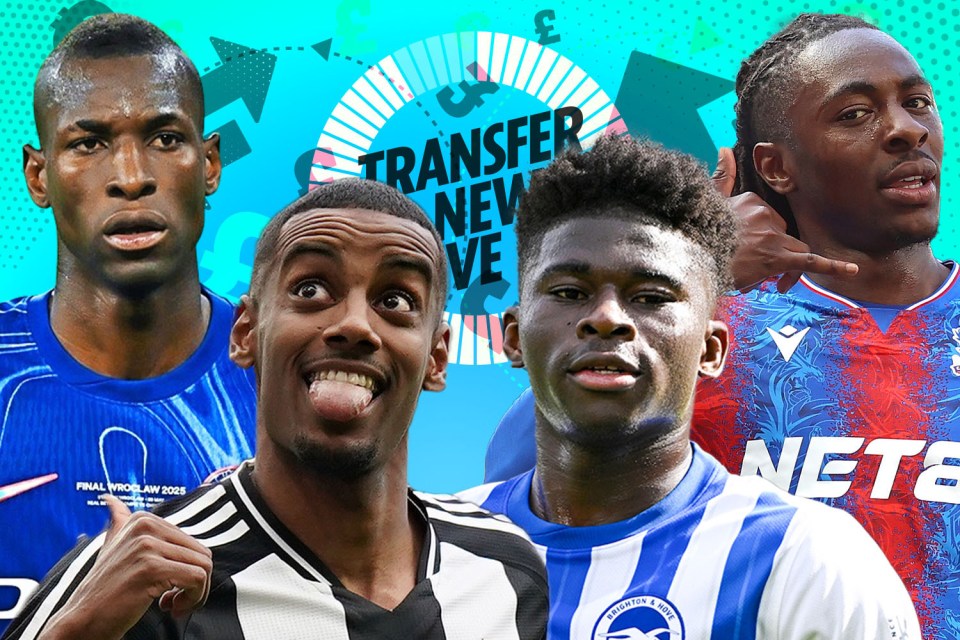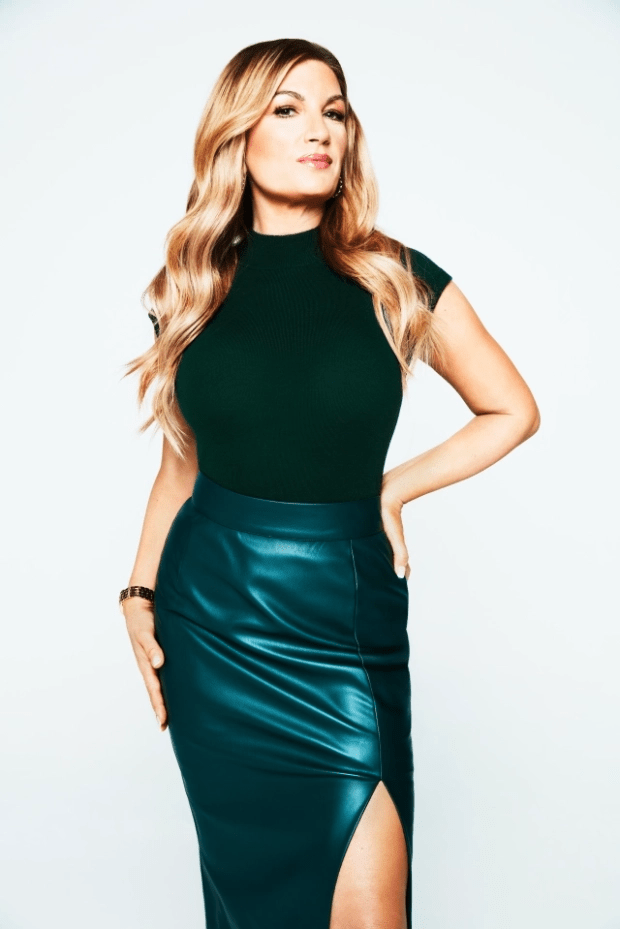‘Girl Power’ is back! From Rugby World Cup win to back-to-back Euro titles, women’s sport defies odds to make us proud
GIRLS are aloud and making us proud!
OK, no more nostalgia about 1990s ‘Girl Power,’ but the times they are a-changing and then some.
The Red Roses blossomed last weekend as the England women’s rugby team won the World Cup in front of a record 82,000 Twickenham full-house.
That came hot on the heels of our Lionesses’ back-to-back European Championships successes and proves that women’s sport is here to stay.
Rewind two or three decades and women, when mentioned in the same breath as football, was something approaching a dirty word. Just look at the history books.
In 1921 there were over 150 women’s football clubs playing games in front of 40,000-plus gates.
So what did the FA do? They banned it, saying it was “unsuitable for females.”
It only took nearly five decades for the FA to change their minds and growth in the women’s game in the 70s and 80s was slow.
In fact, the national team had to wait until 1998 to have its first full time coach, Hope Powell.
The 2012 London Olympics handed the women’s game a massive boost. TeamGB were watched by over 70,000 at Wembley against Brazil and footie for females was finally freed.
SUN VEGAS WELCOME OFFER: GET £50 BONUS WHEN YOU JOIN
Last year, an FA study revealed a 56 percent rise in the number of women and girls playing football in the previous four years.
The number of registered female football clubs has more than doubled in the last seven years and just look at crowds in the WSL.
Seven seasons ago the highest gate at any game was 2,648 for Chelsea against Manchester City. Last season it was nearly 57,000 for the North London derby.
A new sponsorship deal with Barclays is worth £15million a year and WSL clubs’ revenues soared 34 percent in 2023-24 alone. So from the grassroots all the way up, women’s football is on the up.
Thankfully, that kind of progress is being repeated in other sports and not just rugby, where there has been significant growth in recent years to the tune of a 60 percent rise in registered players since 2017.
What about cricket? Our girls took a pasting against the Aussies, but the World Cup is upon us with England aiming for a fifth title.
In other sports, women do us proud. From netball’s Jade Clarke to tennis star Emma Raducanu, to athlete Keely Hodgkinson and world champion boxer Lauren Price… the list is long and shows just how women are flourishing.
Having said that, I was stunned to read that middle-distance runner Georgia Hunter Bell still worked full-time in tech sales just a few months before winning a bronze at last year’s Paris Olympics.
I cannot imagine a male elite athlete doing the same.
Georgia won silver at the World Championships last month and hopefully being a 24-7 athlete will help her go one better next time.
I’m obviously aware of the lack of female representation in the corridors of power within football and other sports, but I hope that is slowly changing.
Both the FA and PL chairs are women — Debbie Hewitt and Alison Brittain — and are doing a fine job.
Right now, though, I’d rather concentrate on the progress that has been made in a relatively short time.
The WSL is in rude health and will get bigger and better, underlining the fact that we, as a nation, are leading the way in the men’s and women’s game.
We should celebrate that because ‘girls just wanna have fun’.
